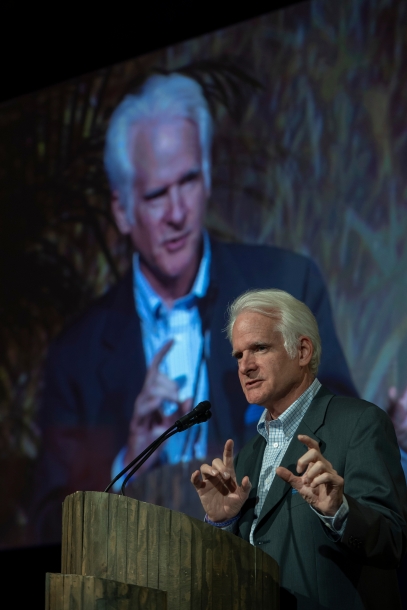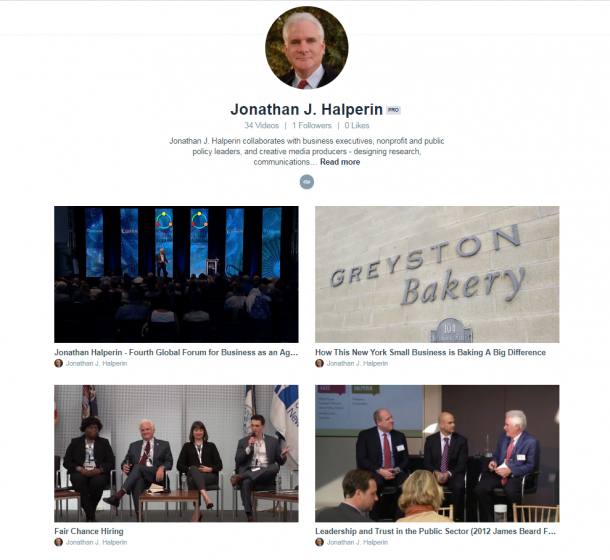You are here
From Inspired Talk to Concrete Outcomes
Beginning with a presentation at the FMI/GMA Sustainability Summit in August, I’ve been engaged for months in an intense set of ongoing conversations about food: past, present, and future. From The James Beard Foundation Leadership Conference on the links between food and health (or disease) to the New York Times’ Food for Tomorrow Conference that took a sweeping look at myriad aspects of our “food system” in the elegant setting of The Stone Barns Center; from the theme of this week’s meeting of the Washington Regional Association of Grantmakers (Setting a Bigger Table) to the Washington Post Live session in early December (Feeding the Future), we don’t lack for impassioned, intelligent conversation.
Thought leaders are focused on food. The conversation is happening. Sure, a bigger table could be set; more voices could and should be heard. But I wonder if the bigger challenge is not rooted in a much deeper question. There is no shortage of lofty proclamations about the values we want the future food system to embody – and really not much disagreement about that either. Tougher, much tougher, is mapping a pathway that gets us from where we are today – with an installed physical, intellectual and economic base that defines our global food system – to where we want and need to be decades from now.
While “why” questions are often more intriguing, the question of “how” we get from here to there gets to the really hard questions of power, markets, and finance. If we want to do more than talk about “our common future,” we had best grapple with these knotty questions today.
- jonathan.halperin's blog
- Log in or register to post comments

